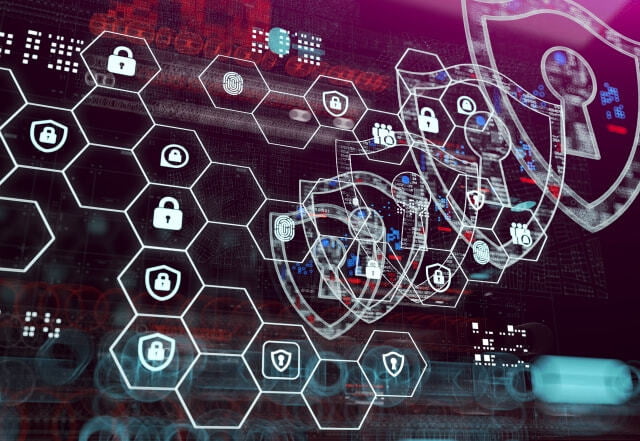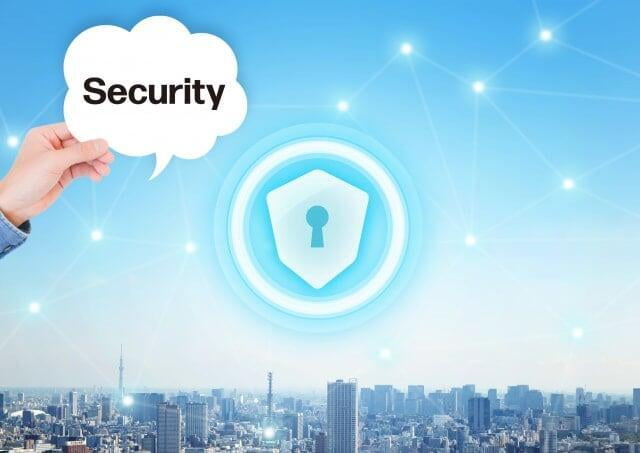What's A Security Operations Center ?
A security operations center (SOC) – sometimes called an information security operations center, or ISOC – is an in-house or outsourced team of IT security professionals that monitors an organization’s entire IT infrastructure, 24/7, to detect cybersecurity events in real time and address them as quickly and effectively as possible.


Prepare, Plan and Prevent

Monitor, Detect and Respond
Recovery, Improvement and Compliance


Benefits of having a Security Operations Center SOC
The main advantage of having a SOC is to enhance security incident discovery by constantly sifting and examining data activity. By assessing this activity in the corporate network, the Security Operations Center team is critical to ensuring timely detection and response to security incidents. The 24/7 screening provided by the SOC provides organizations with the benefit of preventing incidents and outages, regardless of their source, timing or type of attack. Verizon's annual Data Breach Investigations Report fully recognizes the gap between when a hack was compromised and when an organization was discovered. Having a security operations center helps companies close this vulnerability and stay on top of threats in the surrounding environment.



